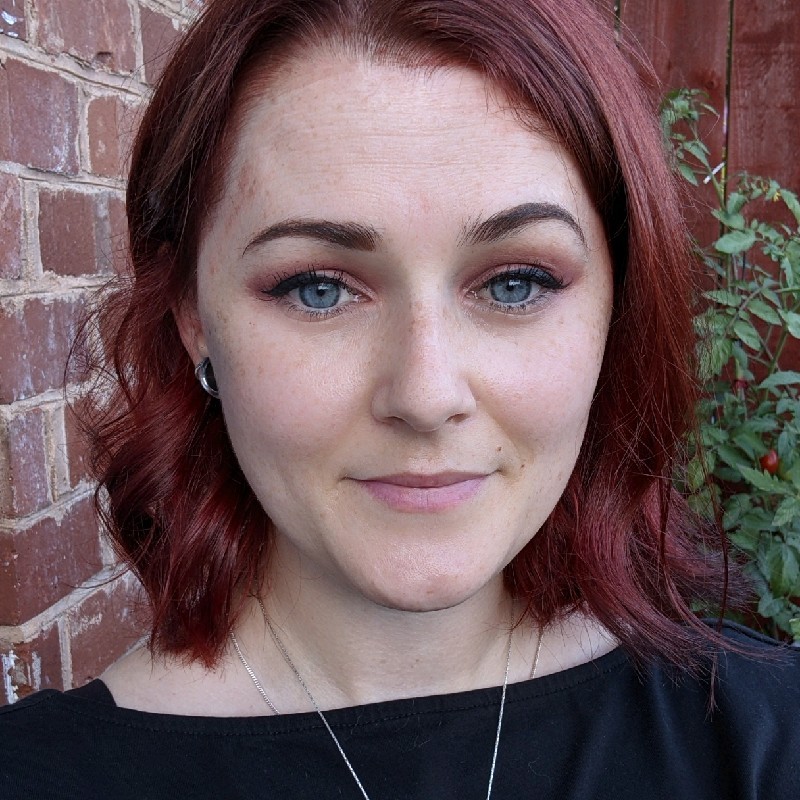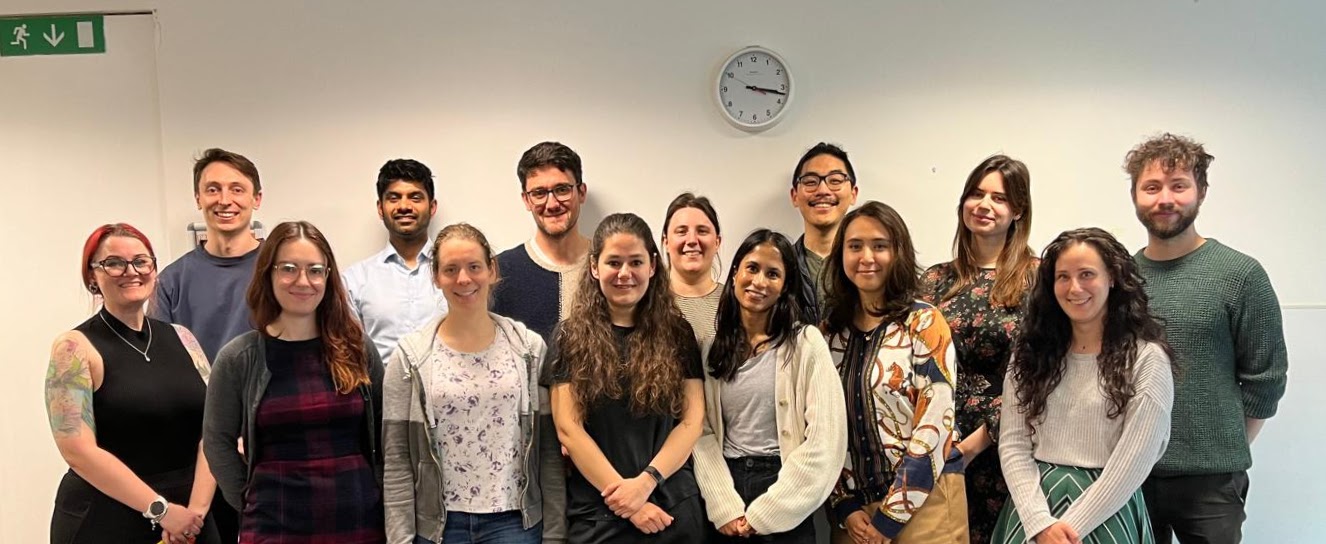
Sam Salisbury
Trainee Clinical Biochemist, Royal Devon and Exeter Hospital

Biochem to Binary: My CSC Elective
25 May 2024
I have been mockingly labelled as the “Software Engineer” of the household, something I have made great efforts to hide from my own parents and in-laws lest I be roped into the inevitable de facto Facebook support technician of the family. I can do a decent bit of wizardry with a spreadsheet and Access databases, can navigate through the command line, and have flirted with HTML (thank you Myspace) and Python (Thank you Bioinformatics). I have even set up a Plex server for my music using a Raspberry Pi (Thank you refusal to pay for Spotify). Now, I am aware that the audience reading this will likely not be that impressed with any of this. For real software engineers, this is pretty basic stuff. However, to those in biochemistry (where I work), it is like dabbling in arcane magick. If you ever need a quick ego boost, I recommend showing a biomedical scientist a VLOOKUP function.
I stumbled across the Clinical Scientific Computing team while trying to find an interesting option for my STP elective. I wanted to try something wildly different from biochemistry. We’ve been encouraged to engage more with the development and implementation of AI into clinical systems, and I wanted to develop my coding skills, so this fitted the bill nicely. I quickly learned that the CSC teams’ work is much more complicated than I had originally considered. AI is being well implemented within medical physics and radiology, representing much of the CSC’s past and present work. The Dental Referral and Reverral Vetting Engine (RAVE) projects particularly caught my attention, as they seemed quite similar to the project I wanted to work on for my lab. They both use AI and large language models to identify specific pieces of information within an input - either from within the body of an email (Dental Referral Project), or from scanned images such as GP referral letters (RAVE) to output key information in a simplified format, saving the time required to search for this information manually.
After spending time discussing these with CSC team members Sophie Ratkai and Tom Roberts, it became quite apparent that I needed more than five weeks to build a piece of image extraction/interpretation software, let alone even think about integrating AI! I mistakenly expected everything to be quite modular - similar to my experience with Bioinformatics. However, I found that the team actually build everything from scratch, and I was quickly learning that my coding skills were woefully inadequate. A much later discussion with one of the team resulted in them saying that the CSC team works more like a “Start-Up within the NHS”, which made me reflect on the overall experience differently.
I’ve worked within the NHS for over 10 years, with limited professional experience outside of this. The STP has been a great opportunity to expand my horizons, and working with the CSC team was no different. I learned a lot about different ways of working and project management, the teams’ approach to “radical transparency”, various approaches to documentation management, and their commitment to promoting fair use of AI in clinical practice. I attended the CSC “AI Fairness Club” inaugural meeting and got involved with planning a literature review for the AI fairness toolkit. This is the brainchild of CSC Deputy Head Dika Vilic and AI Fellowship Programme Manager Beatrix Fletcher, and a project I was keen to get involved with – not only because it didn’t rely on me needing any actual software engineering skills, but because I am unfortunately (or fortunately for the NHS) one of those nerds who actually wants fairness and equity of access to adequate healthcare.
I also learned to be realistic about my expectations and how barriers to implementation can occur at any point in a project’s timeline. While the team have been involved in multiple different projects, not all have made it to clinical use. Barriers can range from simple funding issues to difficulties with integration with local IT systems, lack of input from stakeholders, and even resistance from clinical teams and end users. This last point made me consider how staff training, education, and building confidence in these systems is also a key part of teams like CSC which are looking to improve patient care through digital innovations and AI. It is better for these changes to be made by those who are working within the NHS, adhering to NHS values, and for the benefit of our patients. There is an added benefit in the team being run by clinical scientists, who appreciate the value of quality assurance, standards and guidelines when building, validating, and implementing technology safely.
Overall, I had a fantastic time with the CSC team - on top of it being a genuinely valuable professional learning experience, the team made me feel welcome and involved (in spite of some of their opinions on my clearly superior taste in 90s Nu Metal). I will be continuing contributing to the AI Fairness Club, have developed my understanding of software & AI policy, and learned about different methods of project management. I also really appreciated the opportunity to experience living and working in London, albeit for a short time! It was certainly a world away from the much more relaxed pace of life I am used to in the rolling hills of Devon, but if anyone reading is planning their elective and have an interest in AI and clinical computing, I couldn’t recommend the CSC team at Guys & St Thomas’ more.